Seiu Ito and the Bondage Revolution
Inspired by torture, violence, theatre, and eroticism, the artist is famed for transitioning Japanese rope bondage into an art form.
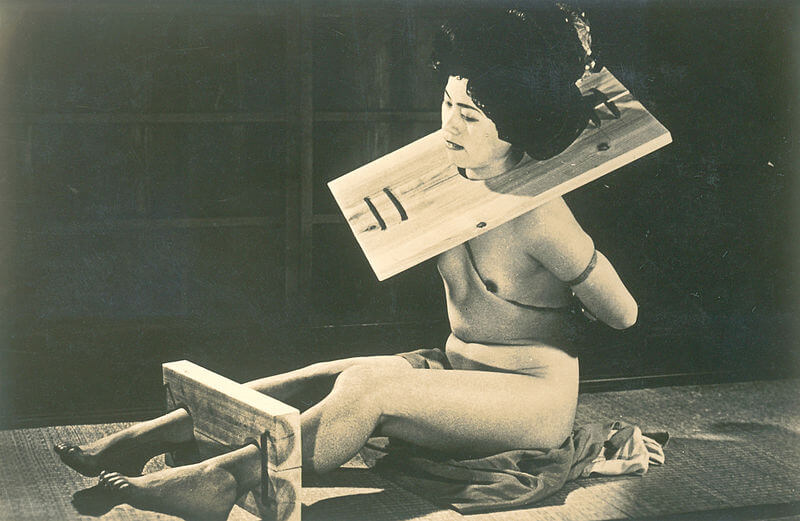
‘Yomikiri Romance’, January 1953, Seiu Ito
Born in 1882 in Tokyo, Seiu Ito was one of Japan’s most influential artists, best known for his use of kinbaku, the erotic art of rope binding. While he may be hailed as the ‘father of modern kinbaku’, Seiu Ito was also a talented painter, draughtsman, metalworker, ivory carver, and sculptor, working as a newspaper illustrator and critic from 1907 onwards.
Kinbaku initially emerged as a derivative of Edo-period torture methods, associated with the practice of hojojutsu. Criminals and captives were bound with ropes and even to this day, certain associated methods are taught to Japanese police officers. It is Seiu Ito, however, who has been credited with transforming kinbaku into an erotic art.
From capture to suspension
The artist would regularly depict women in bondage in his paintings and photographs, often in suspension. One of the most famous images by Seiu Ito is of his second wife, Kise Sahara, heavily pregnant, suspended by her feet in Rinketsu Bijin Sakasa Tsuri no Shashin (Photo in Inverted Suspension of a Beautiful Woman in Her Last Month of Pregnancy). The artist attempted his first suspension with Kise Sahara in 1920.
Seiu Ito is said to have been inspired by the torture scenes of traditional theatre. His first book, published in 1928, was entitled Seme no Kenkyu – Research on Torture, and in 1953 he started his own theatre group, the Seme no Gekidan (Torture Theater Group).
During the 1930s, Seiu Ito’s work was widely censored by the authorities. However, in 1960, a year before his death, he was recognised by the Japanese Artist’s Association. His life was the subject of the 1977 film Beauty’s Exotic Dance: Torture! by director Noboru Tanaka.
Seme no Kenkyu (1928) by Seiu Ito was published by Shinchosha, but is out of print.
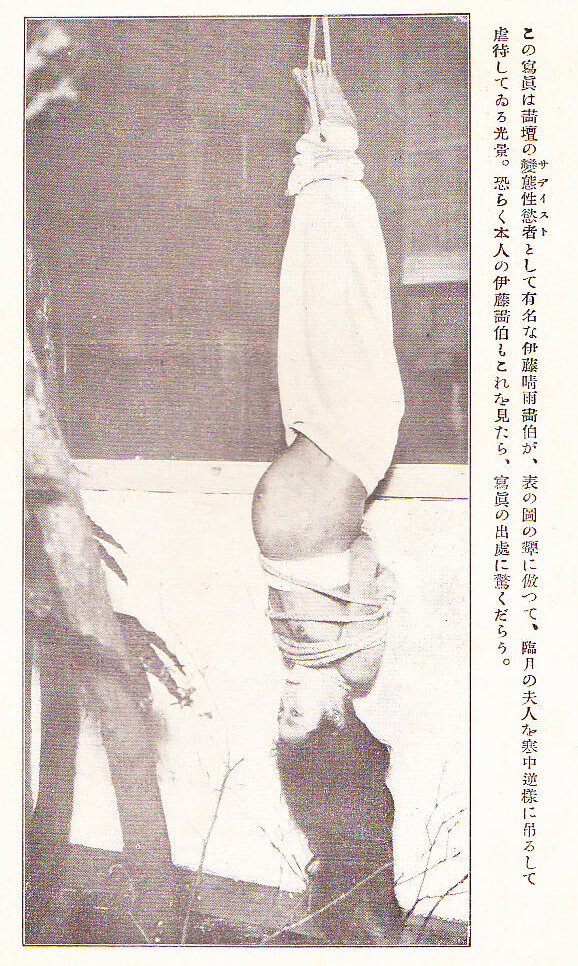
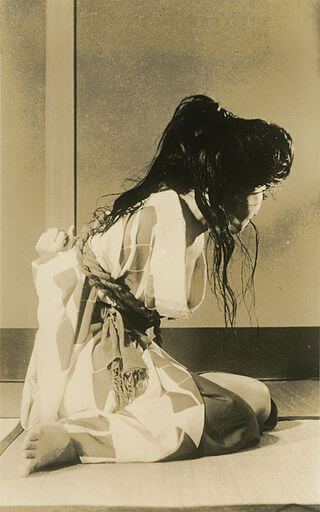
Left: ‘Suspension’ 1921, Seiu Ito, published Hentai Shiriou in 1926. Right: ‘Yomikiri Romance’, January 1953, Seiu Ito
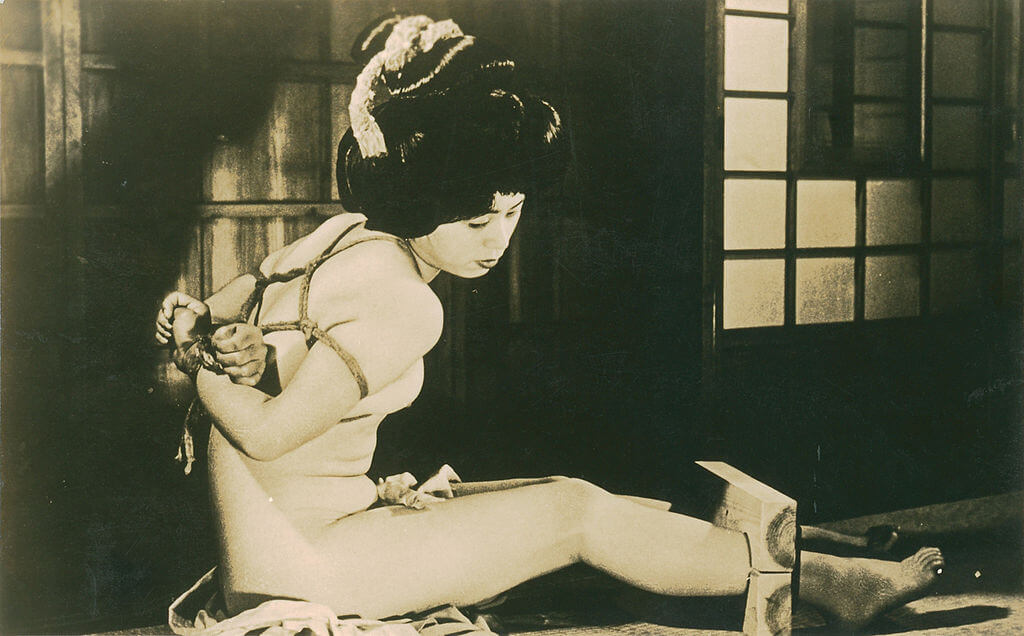
‘Yomikiri Romance’, January 1953, Seiu Ito
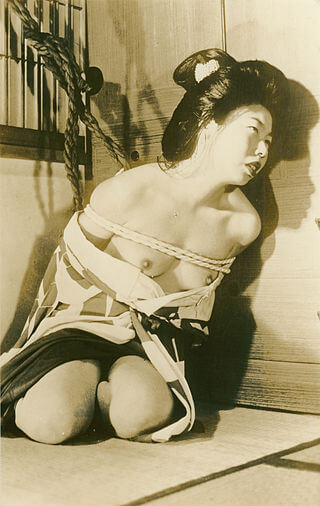
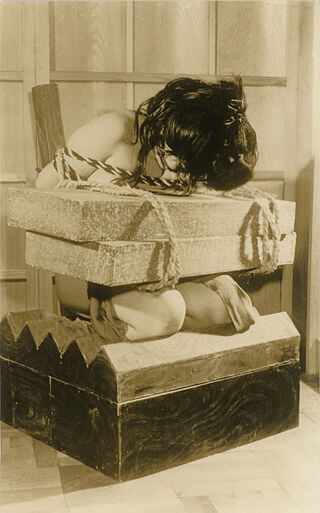
‘Yomikiri Romance’, January 1953, Seiu Ito
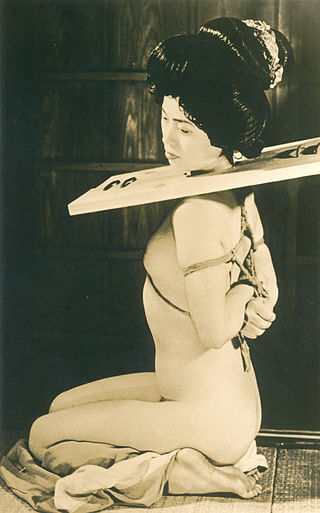
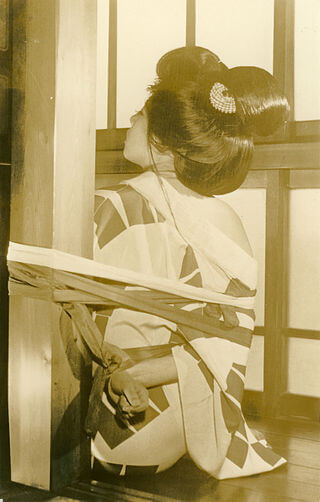
‘Yomikiri Romance’, Seiu Ito
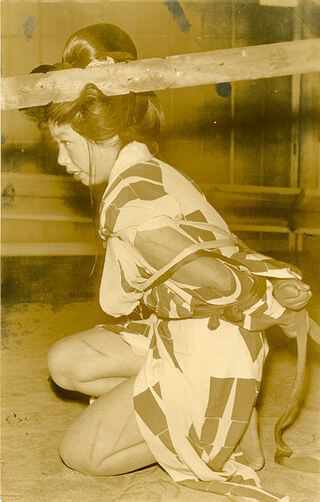
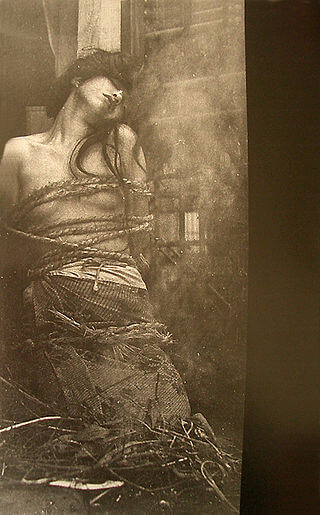
‘Yomikiri Romance’, Seiu Ito

‘Yomikiri Romance’, Seiu Ito
TRENDING
-
The Tattoos that Marked the Criminals of the Edo Period
Traditional tattoos were strong signifiers; murderers had head tattoos, while theft might result in an arm tattoo.

-
Paris, Tokyo: Robert Compagnon
With his co-chef and talented wife, Jessica Yang, Robert Compagnon opened one of the top new restaurants in Paris: Le Rigmarole.
 3:31
3:31 -
Chiharu Shiota, Red Threads of the Soul
Last year, more than 660,000 people visited the retrospective 'Chiharu Shiota: The Soul Trembles' exhibit at the Mori Art Museum.

-
‘Before Doubting Others, Doubt Yourself. Who Can Truly Say a Dish Isn’t What It Used to Be?’
In ‘A Non-Conformist’s Guide to Surviving Society’, author Satoshi Ogawa shares his strategies for navigating everyday life.

-
The Story of Sada Yacco, the Geisha who Bewitched Europe
Described by Dazed magazine as the first beauty influencer, she has been restored to her former glory since 2019.





